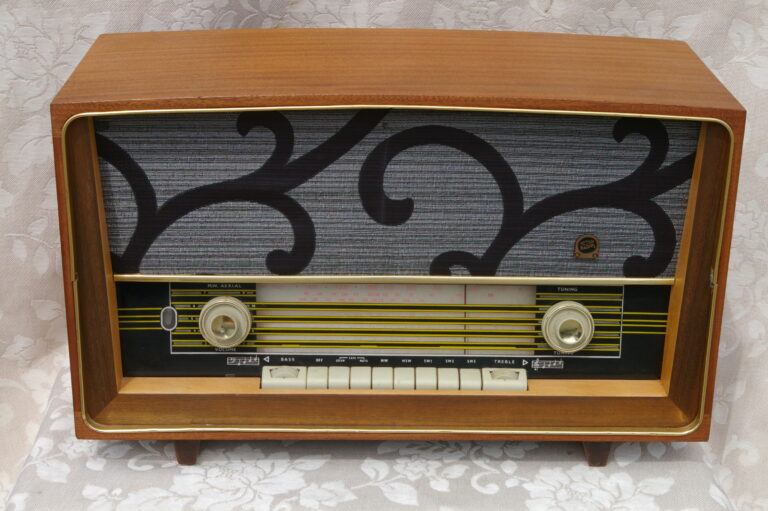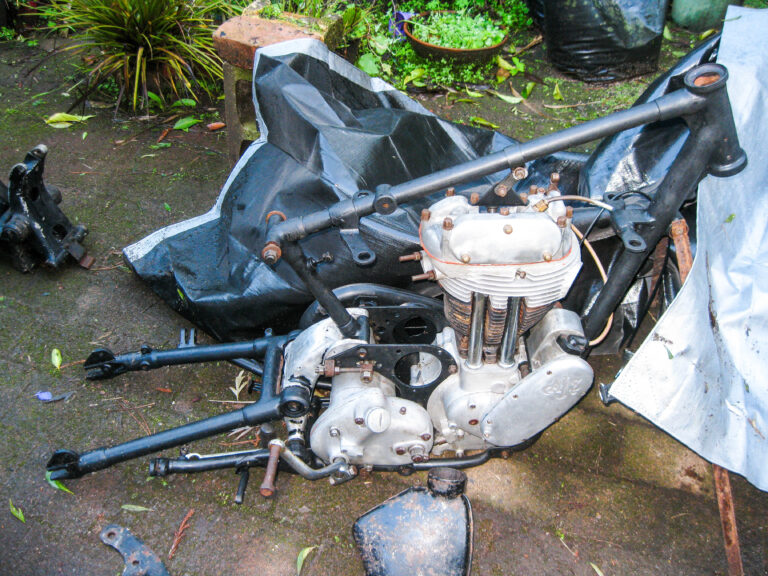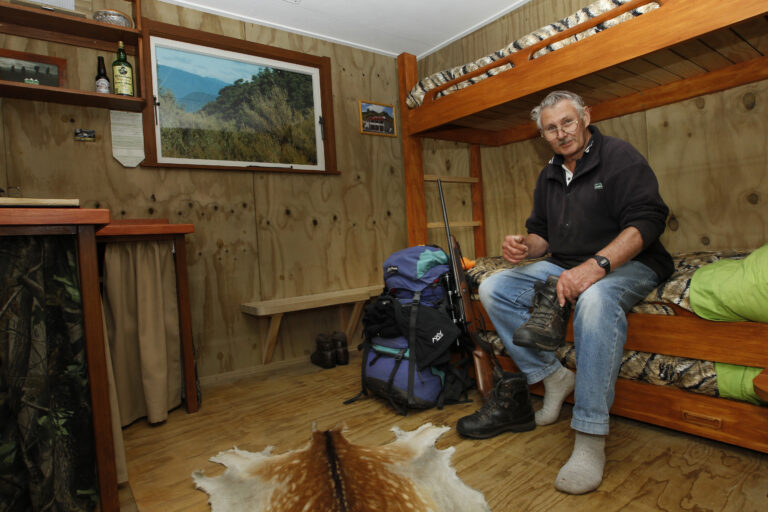If you haven’t heard these Tusk Silent Timber blades in operation you can’t fully appreciate what a difference they make. They are not silent but they are significantly quieter, and probably never squeal. These ultra-thin, deep-cutting, premium-quality saw blades are made especially for use on electric or cordless circular saws. They feature a patented sound and vibration cushioning design with a silver fluoride coating and tungsten carbide welded tips. They are especially useful in noise restricted environments, but they are better at any time. The dense solid steel core design results in smooth, precise cuts, and the ultra-thin kerf reduces load for longer blade and battery life.
Pricing for 165/185 x 1.6 x 52T x 20/16 blades starts from $70. See tusktools.co.nz to find Tusk stockists.

Valve radios: Retro Radio magic
The family gathering around the wireless to listen to the Friday evening programme may be a thing of the distant past but the beauty of those old valve-driven radios lives on in the dedicated work of Retro Radios.
Based in Dannevirke, Alister Ramsay works from an assortment of sheds, a garage and a container lovingly restoring old valve radios and radiograms. In a workshop redolent of the glory days of the 1940s to the 1960s, with nostalgic posters for Life magazine and a smattering of old cameras – another hobby is collecting old cameras – Alister works to a background of smooth jazz issuing from a variety of beautifully restored valve radios producing warm-toned music to set the mood.


